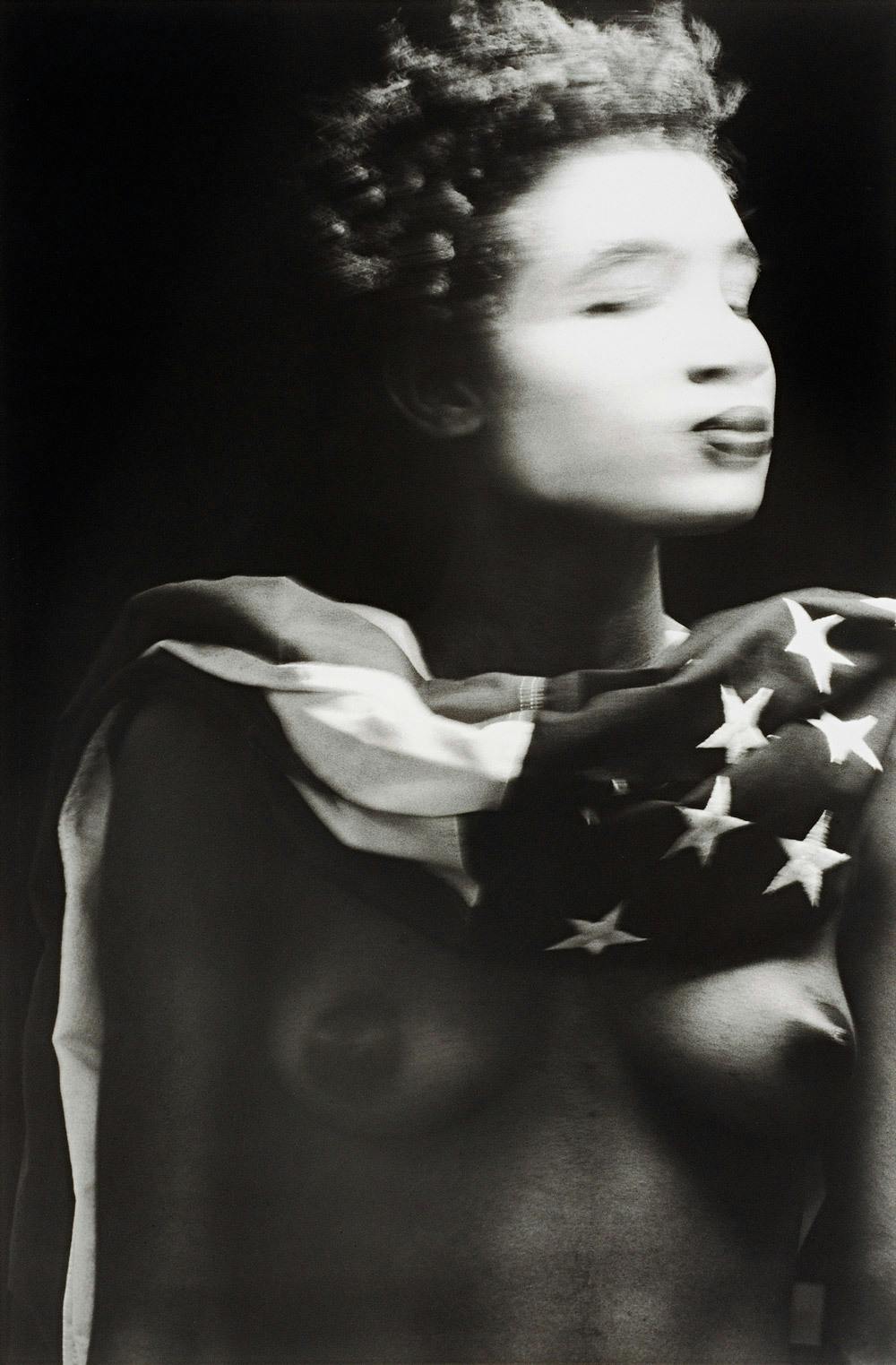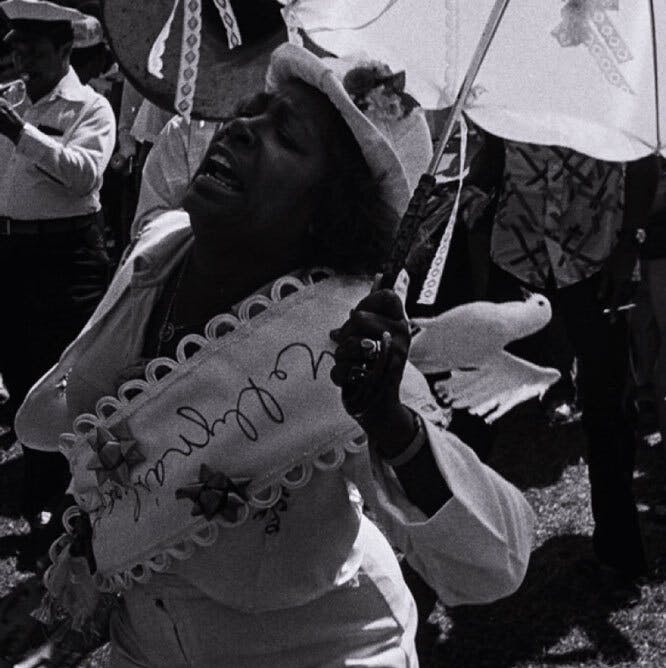Barbara Chase-Riboud
(b. 1939)Barbara Chase-Riboud investigates dichotomies of history, identity, and place, such as male/female, Western/non-Western, figurative/abstract, and violent/peaceful.
Biography
Barbara Chase-Riboud has pioneered a practice invested in transnational histories and cultures that derives from her experience living, working, and traveling across Europe, Africa, and Asia.
As a child, Barbara Chase-Riboud took art classes as at the Philadelphia Museum of Art. Before pursuing her MFA at the Yale School of Art, she already had her work acquired by the Museum of Modern Art, won a John Hay Whitney Fellowship to study at the American Academy in Rome, and traveled to Egypt. As a student at Yale, she studied with Josef Albers, Phillip Johnson, and Paul Rand. There, she made sculptures and drawings that referenced artists such as Constantin Brancusi, Henri Cartier-Bresson, and Wilfredo Lam. While she primarily worked in bronze at the time, she would go on to develop a technique that incorporates ropes, textiles, and other organic materials. In 1958, she began to develop a new approach to the lost-wax process, which dates to Edo bronze work from the kingdom of Benin, in which she draped skeins of spun silk and wool over her bronze casts. The interplay and fusion between fiber and bronze have characterized her practice ever since.
Chase-Riboud has pioneered a practice invested in transnational histories and cultures that derives from her experience living, working, and traveling across Europe, Africa, and Asia. She established studios in Paris and Rome in the 1960s and 1980s, respectively. She investigates dichotomies of history, identity, and place, such as male/female, Western/non-Western, figurative/abstract, and violent/peaceful. Her engagement with figures such as Malcolm X, Cleopatra, and Lady Macbeth engages notions of memory, legacy, and power. Chase-Riboud notes her figures are “people who have been rejected ... because of their race, because of their gender, because of their politics, or because of war. I think that as a group of people, they are some of the most fascinating ones that ever existed.”1
Chase-Riboud earned a BFA from Temple University and MFA from the Yale School of Art. In addition to her artistic practice, she is the author of several books of poetry, historical fiction, and memoirs. The Studio Museum has presented her work in numerous exhibitions, such as Another Generation (1979); Explorations in the City of Light: African American Artists in Paris, 1945–1965 (1996); and Circa 1970 (2016).
1) Alex Greenberg, “For Decades, Artist and Writer Barbara Chase-Riboud Has Used Abstraction to Confront Racism,” ARTnews, October 14, 2022, artnews.com/art-news/artists/barbara-chase-riboud-pulitzer-arts-foundation-serpentine-galleries-memoir-1234643068/.
Exhibitions and Events
Barbara Chase-Riboud
(b. 1939)Barbara Chase-Riboud investigates dichotomies of history, identity, and place, such as male/female, Western/non-Western, figurative/abstract, and violent/peaceful.
Le Manteau (The Cape) or Cleopatra's Cape, 1973
Biography
Barbara Chase-Riboud has pioneered a practice invested in transnational histories and cultures that derives from her experience living, working, and traveling across Europe, Africa, and Asia.
As a child, Barbara Chase-Riboud took art classes as at the Philadelphia Museum of Art. Before pursuing her MFA at the Yale School of Art, she already had her work acquired by the Museum of Modern Art, won a John Hay Whitney Fellowship to study at the American Academy in Rome, and traveled to Egypt. As a student at Yale, she studied with Josef Albers, Phillip Johnson, and Paul Rand. There, she made sculptures and drawings that referenced artists such as Constantin Brancusi, Henri Cartier-Bresson, and Wilfredo Lam. While she primarily worked in bronze at the time, she would go on to develop a technique that incorporates ropes, textiles, and other organic materials. In 1958, she began to develop a new approach to the lost-wax process, which dates to Edo bronze work from the kingdom of Benin, in which she draped skeins of spun silk and wool over her bronze casts. The interplay and fusion between fiber and bronze have characterized her practice ever since.
Chase-Riboud has pioneered a practice invested in transnational histories and cultures that derives from her experience living, working, and traveling across Europe, Africa, and Asia. She established studios in Paris and Rome in the 1960s and 1980s, respectively. She investigates dichotomies of history, identity, and place, such as male/female, Western/non-Western, figurative/abstract, and violent/peaceful. Her engagement with figures such as Malcolm X, Cleopatra, and Lady Macbeth engages notions of memory, legacy, and power. Chase-Riboud notes her figures are “people who have been rejected ... because of their race, because of their gender, because of their politics, or because of war. I think that as a group of people, they are some of the most fascinating ones that ever existed.”1
Chase-Riboud earned a BFA from Temple University and MFA from the Yale School of Art. In addition to her artistic practice, she is the author of several books of poetry, historical fiction, and memoirs. The Studio Museum has presented her work in numerous exhibitions, such as Another Generation (1979); Explorations in the City of Light: African American Artists in Paris, 1945–1965 (1996); and Circa 1970 (2016).
1) Alex Greenberg, “For Decades, Artist and Writer Barbara Chase-Riboud Has Used Abstraction to Confront Racism,” ARTnews, October 14, 2022, artnews.com/art-news/artists/barbara-chase-riboud-pulitzer-arts-foundation-serpentine-galleries-memoir-1234643068/.


